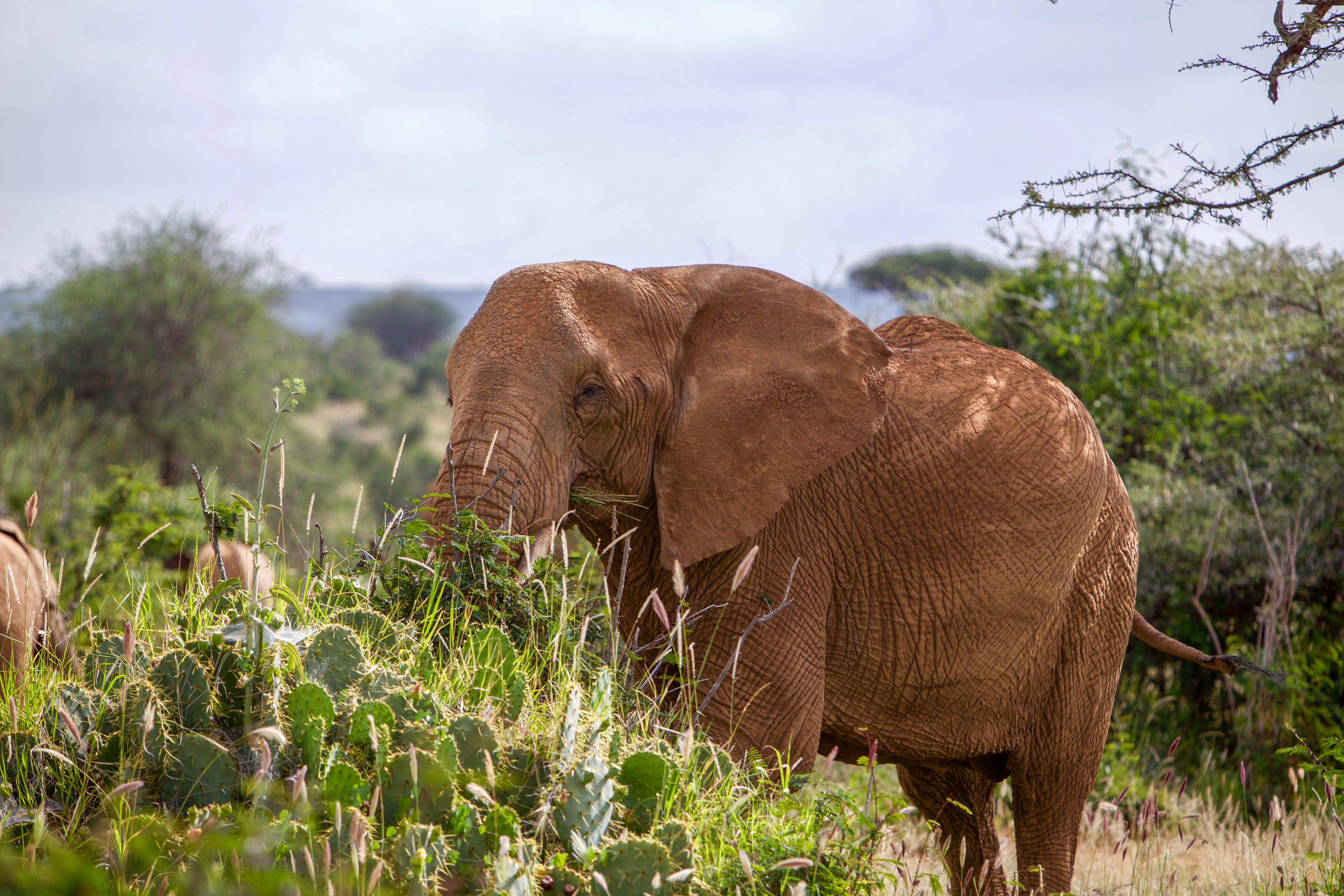Large-scale seizures ‘show illegal ivory trade thriving’ despite ban
Southern African Development Community countries convened in Zimbabwe to argue that legal ivory trade can bolster elephant conservation

By Farayi Machamire for Zim Morning Post
A ban on the legal trade of ivory, which has been in place since 1989, has not shut down markets because large ivory seizures point to a highly organised nature of these illegal operations, analysts have said.
Between 2009 and 2022 there were at least 152 large ivory seizures (each above 500 kilogrammes), amounting to approximately 270 tonnes of ivory which is indicative of serious organised criminal activity.
Southern African elephant range states argue that lifting restrictions on legal trade will saturate the market and stem the activities for good.
On the other hand, conservation players and a bloc of 28 African countries fear legal ivory trade will encourage poaching. They insist that ivory trade should remain banned, coupled with innovative law enforcement efforts.
CITES, a global agreement between 183 nations, prohibits open trade in ivory. It’s a tug-of-war which took centre stage at the Zimbabwe Elephant Conference on Tuesday as TRAFFIC, an international NGO working globally on trade in wild animals and plants, presented their monitoring efforts in response to the increasingly organised transnational nature of illegal wildlife trade.
“In the first half of 2019 alone, three of the largest ever seizures were recorded: 9.1 tonnes of ivory seized in Vietnam in March; 7.4 tonnes seized in China and; and 8.8 tonnes seized in Singapore in July,” Dr Nicola Okes, Project Manager at TRAFFIC, said in her presentation at the Zimbabwe Elephant Conference.
“Such large shipments point to the highly organised nature of these illegal operations, and in response, this requires a coordinated and collaborative law enforcement response in range and implementer states,” Okes added.
In 1997 the UN Convention on the International Trade in Endangered Species of Wild Fauna and Flora (CITES) mandated TRAFFIC to establish and maintain a robust system to monitor ivory trade, now known as the Elephant Trade and Information System (ETIS).
This centralised database holds tens of thousands of records pertaining to ivory seizures and law enforcement actions from more than 100 countries, and enables monitoring and analyses of complicated trade flows, TRAFFIC said on its website.
In a joint statement on May 23, the Environmental Investigation Agency (EIA) and 49 other non-governmental conservation organisations said “attempts to restart legal trade would provide organised crime networks with further opportunities to poach and launder trafficked ivory into the legal market.”
“Not even a week ago, 1.5 tonnes of ivory originating from countries in Southern Africa was seized in southeast Democratic Republic of the Congo, highlighting how illegal trans-boundary ivory trade is a current, persistent threat across the continent. In light of the current global biodiversity crisis, we cannot afford to repeat the mistakes of the past,” the group said.
However, southern African member states that met in Hwange in northwestern Zimbabwe said the existence of a market, albeit, in an illegal state is proof there is a gap for open trade They were meeting in a bid to come up with a common position ahead of 19th meeting of CITES’ Conference of the Parties expected to take place in Panama in November,.
The CoP convenes every two to three years to review the implementation of the Convention. “Since we stopped legal trade of ivory, there is a spike in these contraband items that are being intercepted. Why? Because demand remains and it’s causing these illegal activities. They should allow the legal trade of ivory so that we saturate the market,” said Zimbabwe Parks and Wildlife director, Fulton Mangwanya.
Delivering a position paper at the end of the Conference, dubbed The Hwange Declaration, Ministers of Namibia, Zimbabwe, Botswana, Zambia and Tanzania said they had “agreed that current CITES decisions are no longer scientific but based on votes and emotions. As such there is a need to review the convention and ensure it serves its intended purpose.”
Kenya and Senegal, who were invited for the Conference, were among the notable absentees. Zimbabwe’s Environment Minister, Mangaliso Ndlovhu, said the country had called for the conference with the hope of engaging other African countries outside the Southern African
Development Community members “with whom we differ in terms of conservation approach” with an “intention to find common ground on sustainable elephant conservation.”
“Whilst we could not get their attendance to this important event, we feel that the conference has allowed the seven countries gathered here today, to make progress in mapping the way forward for our communities and for the African Elephant…among us we make up over 65% of the African elephant population and our voice needs to be heard,” he said.
This article is reproduced here as part of the African Conservation Journalism Programme, funded in Angola, Botswana, Mozambique, and Zimbabwe by USAID’s VukaNow: Activity. Implemented by the international conservation organisation Space for Giants, it aims to expand the reach of conservation and environmental journalism in Africa, and bring more African voices into the international conservation debate. Read the original story here:
Join our commenting forum
Join thought-provoking conversations, follow other Independent readers and see their replies
Comments